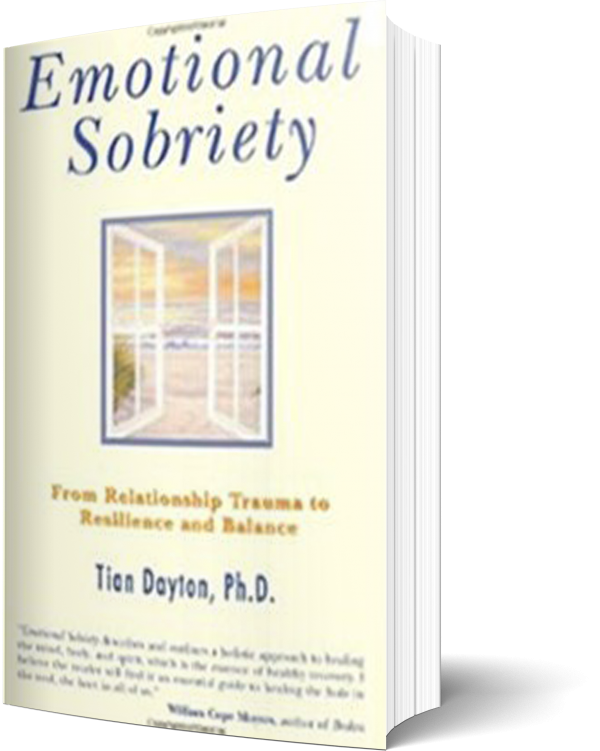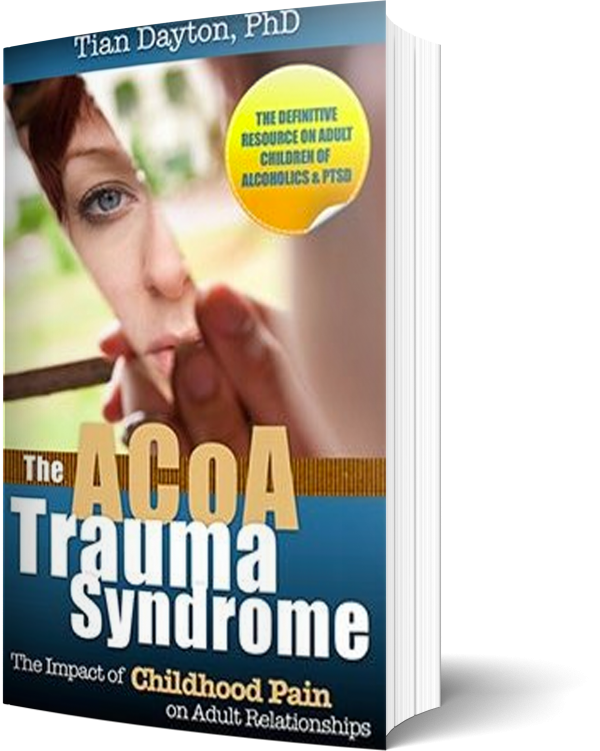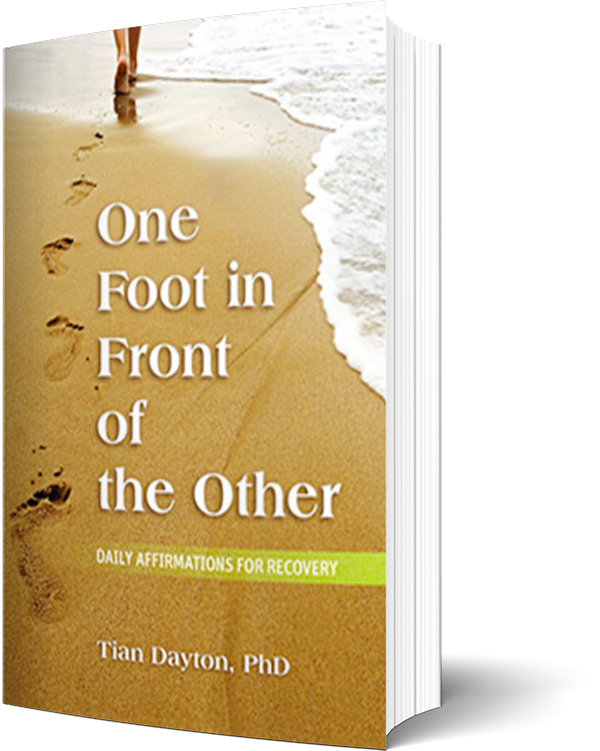Long ignored and misunderstood as a driver of billions of dollars in lost revenue and absenteeism among workers, mental health and addiction may, because of efforts over the past few years, finally be seen as real rather than imagined issues. It has been generally true that illnesses to the body have trumped illnesses of the mind in terms of funding dollars. The country’s awareness that poor meantal health often morphs into poor physical health is growing.
Vice President Biden announced that $100 million will soon be available to increase access to mental health services and improve mental health care and facilities. “The fact that less than half of children and adults with diagnosable mental health problems receive the treatment they need is unacceptable. The President and I have made it a priority to do everything we can to make it easier to access mental health services, and today’s announcements by the U.S. Departments of Health and Human Services and Agriculture build on that commitment,” said Vice President Biden.
“Reduce the stigma” has been a war cry of late for depression, addiction and mental health disorders. It is somehow much more acceptable to have a heart condition, for example, than clinical depression or addiction. But this appears to be changing. The shame associated with the kinds of issues that agoraphobics, people with compulsive disorders and addictions of all kinds is slowly shifting towards a compassionate awareness that just as someone with a kidney condition needs treatment, this group of people also need treatment. There is a natural urge to withdraw and hide emotional pain. Add social condemnation to this and we have an obvious outcome. People suffering from mental disorders don’t seek the help they need to get better, especially when that help is either unavailable or will go on their record as a black mark. The upshot is that they suffer silently. But they are not the only ones who suffer.Shame is contagious. For every addict, for example, there are seven affected lives, lives torn up by the collateral damage of addiction. Anyone who has been raised by a depressed parent understands the cost to their own development and the atmosphere of the home. Attitudes about life get modeled in behavior and sent through the generations through subtle messages. Life is seen “through the glass darkly”, the glass is half empty.
Significant progress has been made in making care for the mental health more available and understood. Millions of Americans now have access to health insurance that covers mental health and substance abuse disorder services at parity with their medical and surgical benefits. The President is also making efforts to educate those first line workers who touch children’s lives daily and directly. The administrations has proposed an additional $130 million to fund education to ensure that those who work with youth can recognize signs of mental illness and connect children and their families to the treatment they need.Treating the family is as important as treating the child. Families need to both understand what a child might be going through, in addition to recognizing how they, themselves might be participating in dynamics that keep pain in place.
A White Press release today announced the following:
“$100 Million to Increase Access to Mental Health Services
• $50 Million for Mental Health Services at Community Health Centers
• $50 Million to Improve Mental Health Facilities
Building on a Record of Improving Access to Mental Health Care “HHS, the Department of Labor, and the Treasury Department issued a final rule implementing the Mental Health Parity and Addiction Equity Act of 2008. Under this rule, insurers must cover benefits for mental health and substance abuse disorders, when offered, at parity with medical and surgical care benefits. The regulation also includes important consumer protections, such as clarifying the information that insurance companies must provide to ensure transparency and compliance with the law,” according to The White House.
The President’s FY 2014 Budget proposes a new $130 million deal with barriers that may prevent people from accessing help.Training teachers to recognize signs of mental illness and teaching them to refer students who need it to appropriate care and treatment are some such efforts. These doors will likely not fly open but healing and recovery are as contagious as recognized pain. People who have found this kind of life changing help tend to become the prime proponents of such help. Health and recovery also become intergeneration. And these are the kinds of steps that give this movement a real chance.





